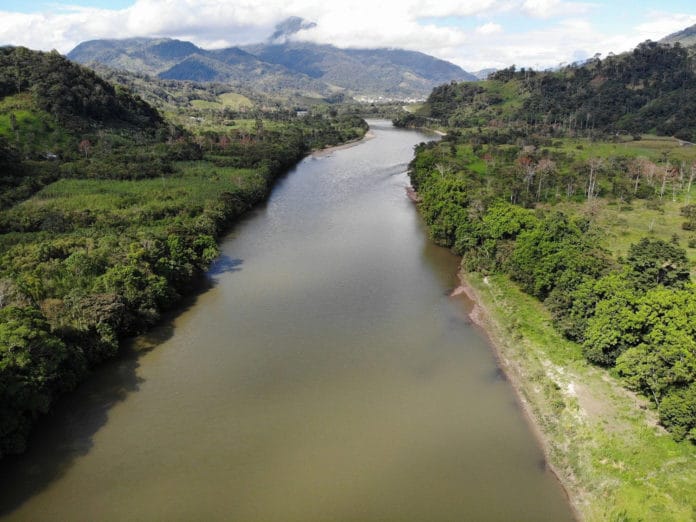According to a new study from Yale School of the Environment, rivers are the main source of toxic heavy metal along the world’s coasts. Ten rivers are responsible for half of the riverine mercury.
Mercury is poisonous to both humans and animals. It enters the ocean and the animals, concentrating in higher amounts as it works its way up the food web. According to a study, the ocean contains about 80,000 to 45,000 metric tons of mercury pollution, with two-thirds residing in water.
Approximately 70% of environmental mercury now comes from human activities. Which other sources are responsible for it?
Until now, models that evaluated the sources of mercury in oceans mainly focused on mercury deposited directly from the atmosphere. But, this study shows that most mercury flows into the coastal ocean areas from rivers, and from there, it moves out into the open ocean.
For the study, scientists studied changes in the yearly cycle of riverine mercury outflow. They found that mercury levels were highest in August and September. When they analyzed which rivers were the largest contributors of mercury, they found that the Amazon River is at the top of the list, followed by the Ganges in India and Bangladesh and the Yangtze in China.
Peter Raymond, professor of ecosystem ecology at the Yale School of the Environment, said, “While other recent studies have also estimated the amounts of riverine mercury, those studies didn’t have the same level of specificity with regards to which rivers had the highest amounts of mercury and when during the year those levels were highest. The community hadn’t agreed on the role of rivers. This new work helps strengthen the case that rivers are indeed the largest source of oceanic mercury.”
“Other sources include coal burning, incineration or disposal of mercury-containing products, the use of mercury for chlorine production in the Chlor-alkali industry, production of zinc, etc. The mercury that rivers transport into the ocean can come from atmospheric mercury that has ended up in soils; it can also come from other anthropogenic sources like gold mining, and to a lesser extent, naturally occurring geologic sources. In addition, as climate change induces more severe storms and floods, mercury that has lain dormant in soils for long periods may increasingly be transported into the coastal oceans.”
“Future work could focus on understanding the processes that affect mercury in those “hotspots” where the concentrations coming into the ocean are highest, as well as examining the connections to fisheries in those areas. Fish consumption is the most important dietary source of human mercury exposure. Ultimately, this improved understanding of how and where mercury gets into the oceans will help inform regulations to reduce the amount of mercury in the fish on all of our plates.”
Journal reference:
- Toxic mercury rides rivers into the sea. (Nature)
